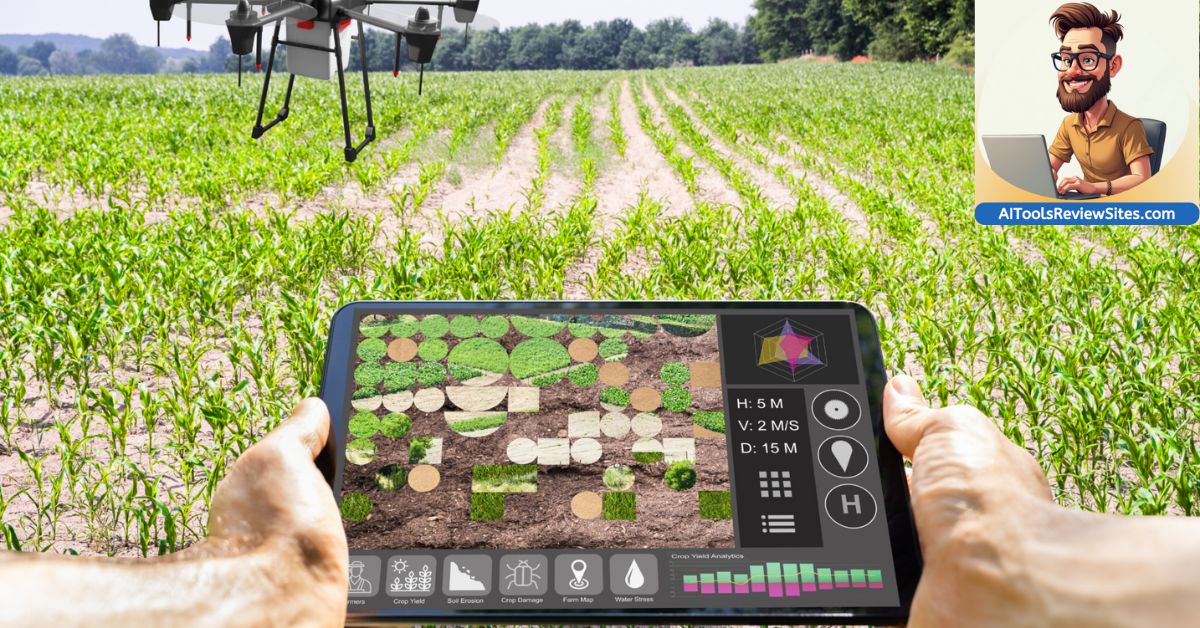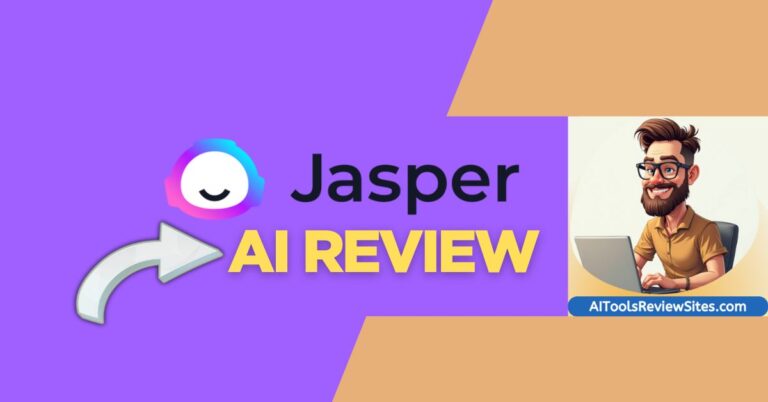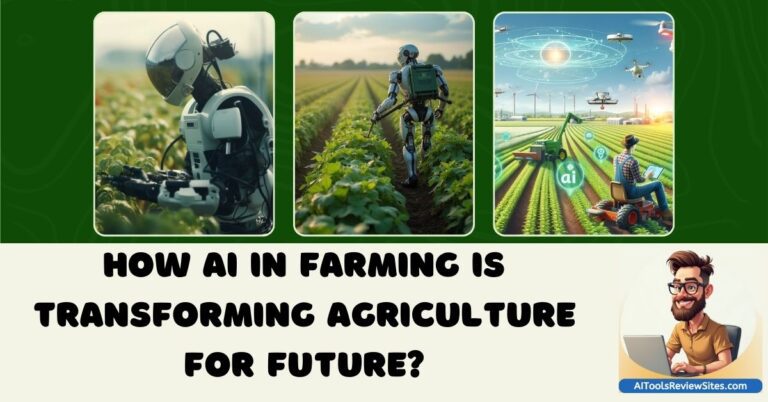Imagine a farmer glancing at their smartphone, alerted to a drought-stressed patch in their orchard. With a few taps, they can activate a targeted irrigation system, saving crops and water.
Trust me, this isn’t some sci-fi scenario or a movie scene. It’s today’s agriculture, powered by artificial intelligence.
Despite global population and climate challenges, we have advanced AI in farming that’s stepping up, and transforming how we grow food, care for animals, and protect the environment.
Join me for a quick dive into how AI is reshaping farming, its transformative benefits, and the hurdles we must overcome to feed the future.
Precision Farming: Smarter Crops, Less Waste
No more guesswork looking at the crops, weather, and forecasting the yield. Today’s farmers can access insights from drones, satellites, and soil sensors, all analyzed in real-time by AI. By crunching data from that, farmers can save time, and water, reduce waste, and maximize yield.
Here’s how AI in farming makes it happen:
Targeted Crop Care
With the help of AI, farmers can spot specific nutrient shortage areas and early signs of disease in crops. By applying fertilizers or pesticides only where they’re needed, they’re saving money and the environment.
 AI-driven crop monitoring keeps a close eye on plant health for optimal growth.
AI-driven crop monitoring keeps a close eye on plant health for optimal growth.
Smarter Watering
Goodness me, there are tools like The Yield’s Sensing+ app that analyze soil moisture and weather patterns in real-time. What it does is ensure crops get just the right amount of water.
Eagle-Eye Monitoring
If you’re doing crops for acres and hectares of land, it is really impossible to monitor everything at once. AI-equipped drones made for farming catch plant stress early and help farmers act before problems escalate.
Precision farming with AI becomes a farmer’s new best friend.
 AI in farming takes flight with drones for smarter crop management.
AI in farming takes flight with drones for smarter crop management.
Looking Ahead with Predictive Analytics
AI doesn’t just help farmers to react. It lets them plan like never before. By analyzing weather forecasts, crop history, and soil data, AI helps farmers plan with a level of foresight that once seemed impossible.
Here’s what it brings using predictive analytics:
Harvest Planning
Farmers using AI can predict yields more accurately, making it easier to schedule labor and ready for market demand.
Early Pest Warnings
Instead of reacting to an infestation, AI alerts farmers before pests become a serious threat. I can’t imagine how many millions of farmers will be surprised to know this.
Market Insights
AI tracks price trends, helping farmers decide when to sell to get the best return.
In India, for instance, ClimateAi’s AI warned tomato farmers of a 30% yield drop due to drought. Armed with this insight, they switched to hardier seeds, saving their livelihoods.
Automation Machines: AI in Farming
Whether you like it or not, with labor shortages across the globe, automation is becoming essential. From tractors that drive themselves to robots that pick fruit, automation saves time and cuts costs.
Here are a few examples for you,
Self-Driving Tractors
Okay, I think you’ve heard about Tesla or a Chinese car doing Autonomous driving. Well, little did I know, that tractor manufacturer John Deere’s smart tractors use AI and GPS to plant seeds with laser-like precision. And the result, reducing waste and saving hours of manual work.
 Autonomous tractors are paving the way for the future of farming with AI.
Autonomous tractors are paving the way for the future of farming with AI.
Drone Precision
When you talk about precision in spraying pesticides or scatter seeds, you can’t beat the advanced AI drones.
Robotic Pickers
AI-powered robots help fruit farmers to pluck fruit gently, reducing spoilage and becoming a helping hand. Take a look at this example, a fruit-picking robot picking blueberries.
Livestock Management
So far, there’s a high chance you might have thought AI of farming means fruits and veggies. But that’s not it. Artificial Intelligence helps farmers care for livestock. Smart tags and collars track animals’ health, behavior, and whereabouts in real-time.
A quick brief on how it works,
Health Alerts
AI can flag signs of illness or abnormal behavior early, allowing farmers to treat animals before problems worsen.
No More Lost Livestock
Using GPS-enabled AI tags, farmers can keep tabs on livestock and reduce the risk of animals going missing.
 AI revolutionizes livestock management by tracking animal health in real-time.
AI revolutionizes livestock management by tracking animal health in real-time.
Farming for the Planet
With climate change looming, sustainability in agriculture is a big question mark. However, AI is helping farmers adopt more sustainable practices without sacrificing productivity.
I’ll show you how with examples below,
Fewer Chemicals
As I stated earlier, by using precise targeting, AI reduces the need for broad-spectrum pesticide or fertilizer use. Ultimately, it results in cutting chemical runoff.
Soil Carbon Management
Tools like AgriProve help farmers track and monetize the carbon stored in their soil.
 Leveraging AI for soil carbon management to boost sustainability in agriculture.
Leveraging AI for soil carbon management to boost sustainability in agriculture.
Regenerative Farming
AI suggests strategies like cover cropping and no-till farming, which improve soil health and biodiversity.
Using AI in farming to switch to no-till methods, and capturing more carbon in the soil, we can do planet-friendly practices for a sustainable food future.
Challenges Still Ahead
Now that we have seen all the brighter sides of AI in farming. Let’s get to the challenging and inevitable part, to be honest.
High Costs
Advanced AI tools like drones and smart sensors can be expensive, especially for small-scale farmers.
Data Struggles
Make no mistake, AI thrives on data, and if you’re in rural regions with poor connectivity, gathering and transmitting data can be tough.
Trust Gaps
AI can feel like an alien, making some farmers hesitant to trust it without clear, explainable results.
What’s Next for AI in Farming?
The future is bright—and fast approaching. The agricultural AI market is expected to soar to $4.7 billion by 2028. Here’s what’s coming:
Next-Level Drones
Future drones will apply fertilizers with pin-point accuracy, slashing operation costs further.
Urban Farming
You don’t need massive acres of land to start farming. AI will supercharge vertical farms, growing fresh food in city spaces. Think about how Singapore is farming in the sky.
 Smart irrigation powered by AI ensures crops get just the right amount of water.
Smart irrigation powered by AI ensures crops get just the right amount of water.
“AI will help us develop vertical farming to the point where we regain excess land focused on agriculture. Not only will we feed more of the planet, but we will also maintain its safety for the future.” – Peter Diamandis, Founder of XPRIZE and Co-founder of Singularity University.
Global Connections
Platforms like Plantix (a free AI-powered mobile app) will link farmers worldwide, sharing AI-driven tips tailored to local conditions.
The Bottom Line: Farming Smarter, Not Harder!
AI is transforming agriculture. Starting from the way we plant and water to how we feed animals and monitor soil health. From precision tools to livestock trackers, it’s empowering farmers to meet global food demands in a changing world.
While challenges like costs and connectivity persist, ongoing innovations make AI more accessible every day.
 Precision agriculture using AI helps farmers make data-driven decisions for better yields.
Precision agriculture using AI helps farmers make data-driven decisions for better yields.
Got ideas about AI in farming? Drop them in the comments—I’d love to hear how you think this revolution will shape our harvests!





